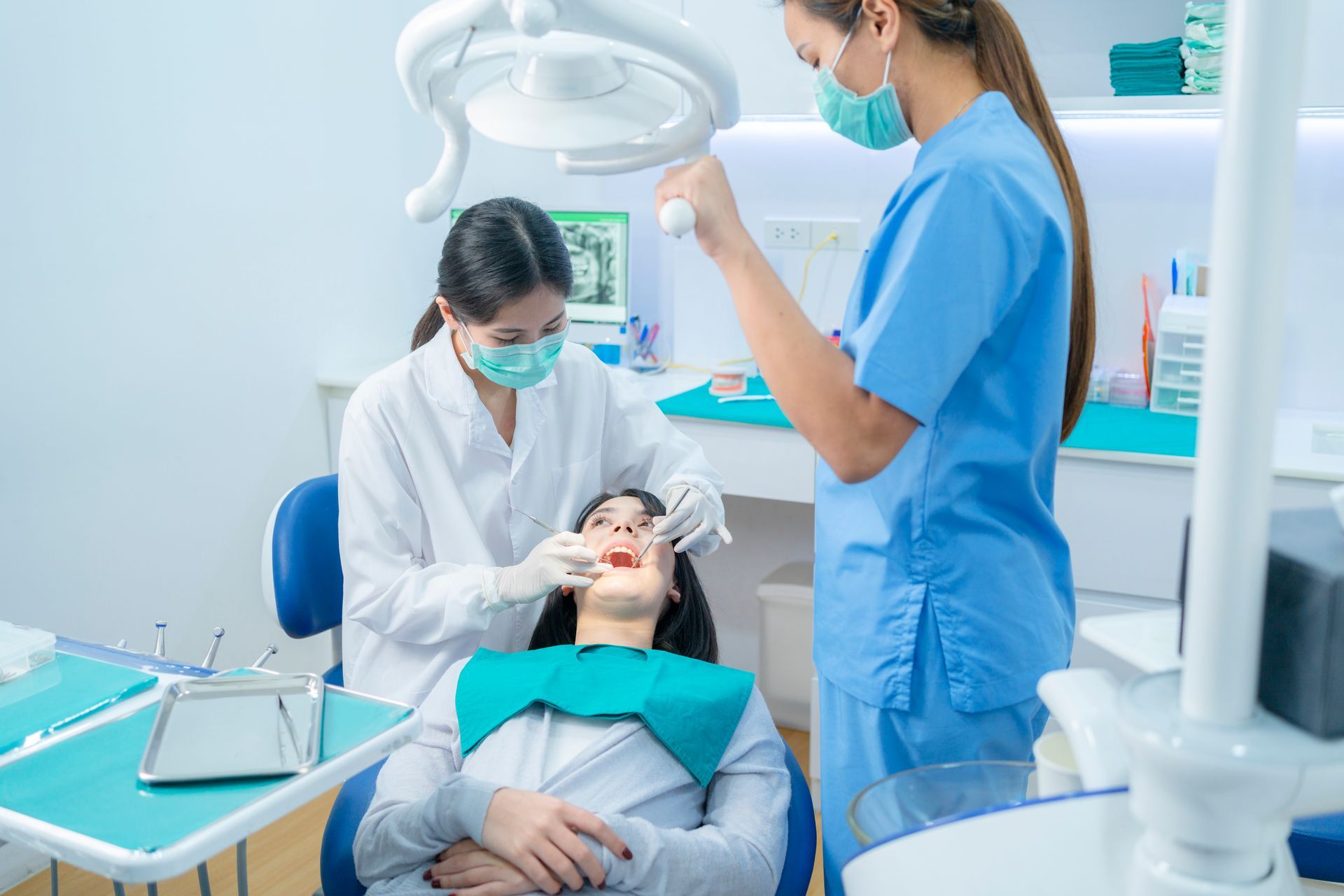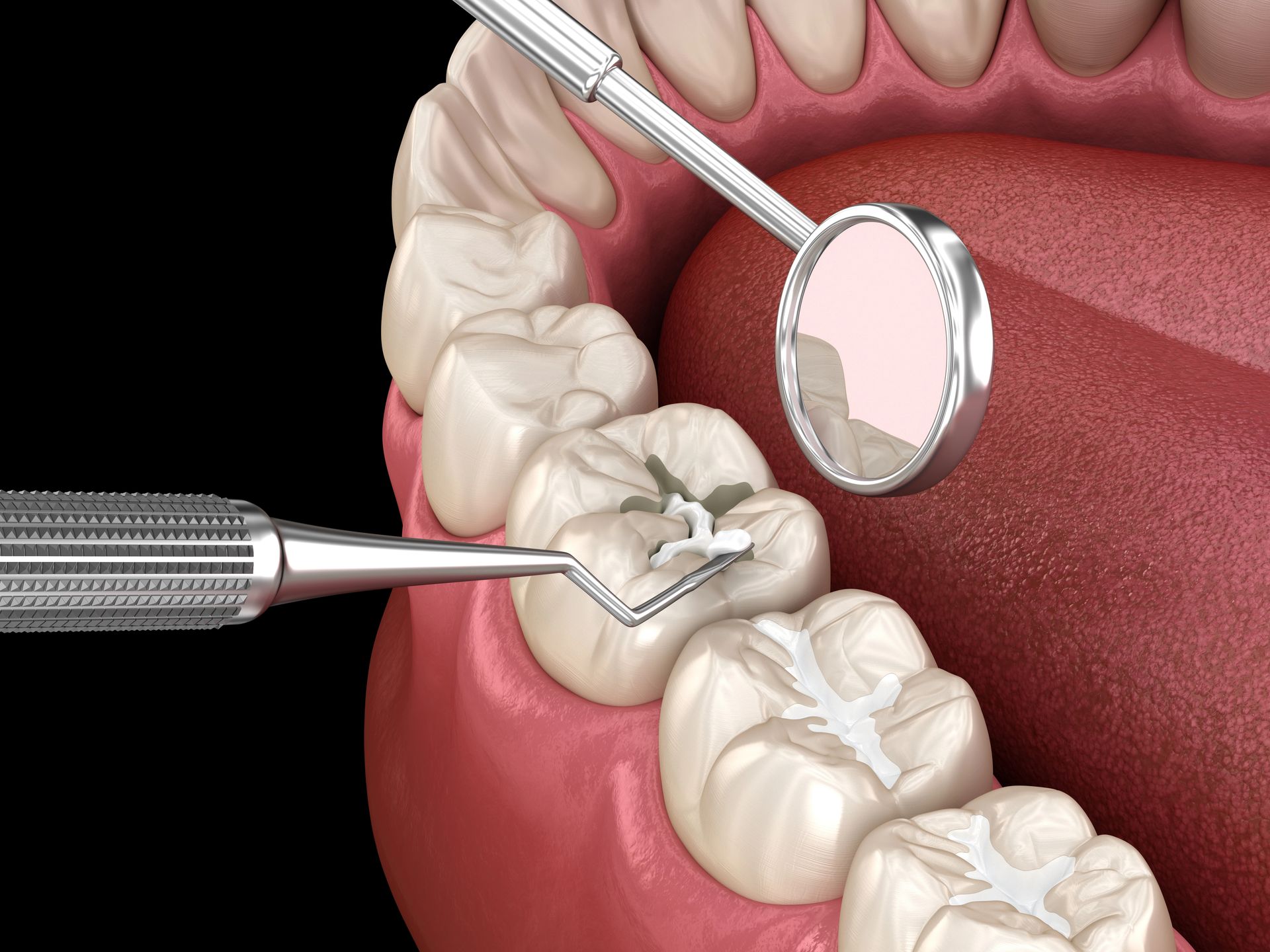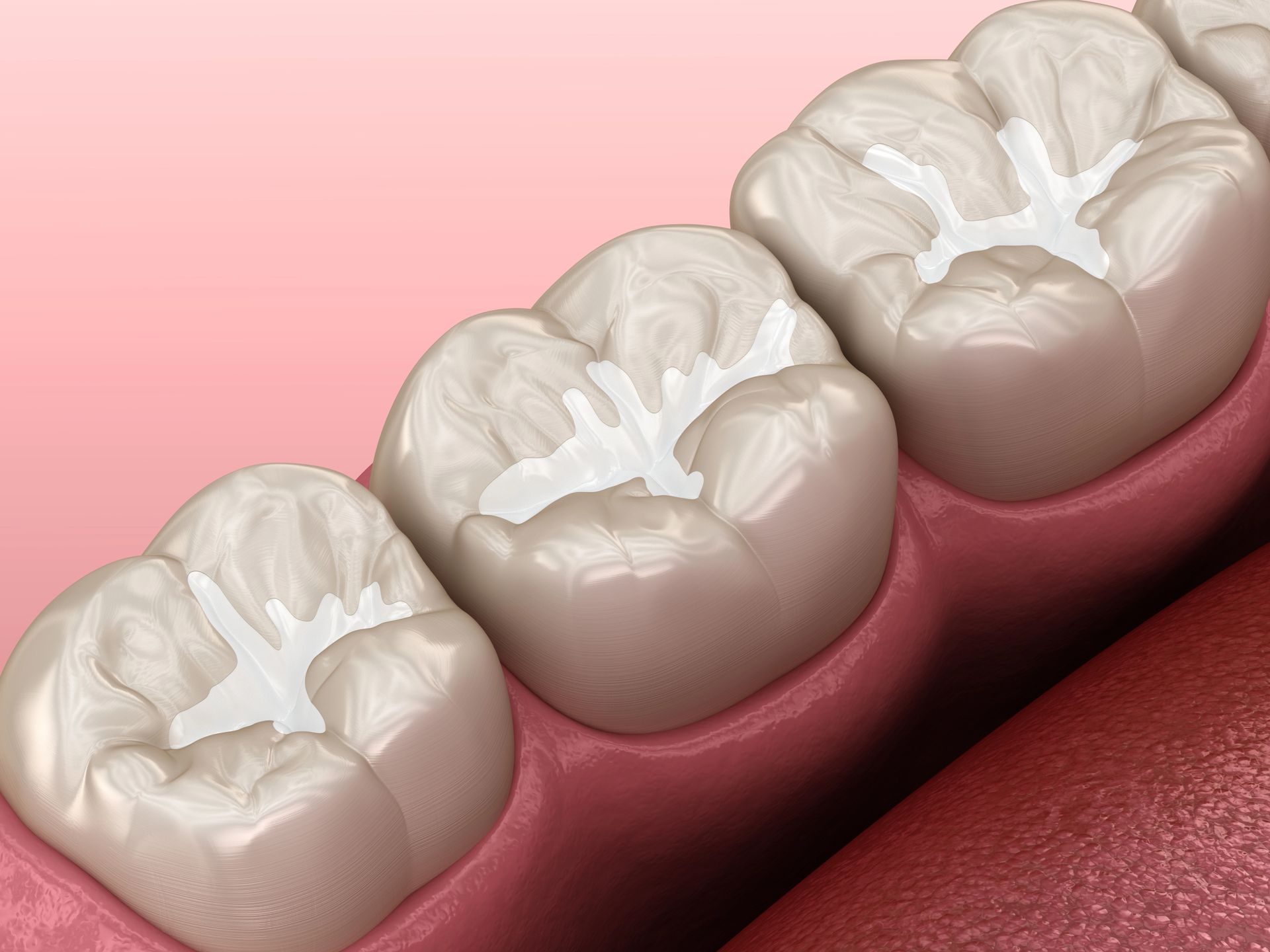Have you ever wondered how the concept of dental veneers came to be a cornerstone in cosmetic dentistry? The history of dental veneers dates back to the early 20th century, initially developed as a temporary solution for actors to enhance their smiles on screen. Over the decades, advancements in materials and techniques have transformed veneers into a popular and permanent solution for achieving a flawless smile.
Origins of Dental Veneers
Dental veneers, as we know them today, are a culmination of years of dental innovation and practice. The concept of enhancing the appearance of teeth for both aesthetic and functional purposes dates back to the early 20th century. Initially, veneers were developed as a temporary solution for actors to achieve a perfect smile on set. These early versions were not permanent and could be easily removed after filming. However, the idea of improving one's smile for aesthetic reasons gained popularity, leading to advancements in dental materials and techniques. The evolution of dental veneers from their rudimentary beginnings to the sophisticated, durable solutions available today is a testament to the field's progress. Modern veneers are made from high-quality materials like porcelain or composite resin, offering a natural look and feel. They are used to address a variety of dental concerns, including chipped, discolored, or misaligned teeth. The popularity of dental veneers continues to grow, as highlighted in the article Why Dental Veneers are Popular, underscoring their significance in cosmetic dentistry and how they have become a sought-after treatment option for achieving a perfect smile.
Evolution of Veneer Materials
The journey of dental veneers from their inception to the modern era is a fascinating tale of innovation and technological advancement. Initially, veneers were made from materials that, while revolutionary at the time, offered limited durability and aesthetic appeal. The earliest veneers, introduced in the early 20th century, were primarily made of porcelain, a material chosen for its ability to mimic the natural translucency of tooth enamel. However, these early porcelain veneers were fragile and prone to chipping, limiting their practicality and lifespan. As dental technology advanced, so did the materials used in veneers. Researchers and dental professionals sought materials that could not only replicate the natural appearance of teeth but also offer enhanced durability and longevity. This quest led to the development of composite resins and, eventually, to the introduction of lithium disilicate and zirconia-based veneers. These materials represented a significant leap forward, providing patients with veneers that are not only more lifelike but also much stronger and more resistant to wear and tear. The evolution of veneer materials has been pivotal in making dental veneers a popular choice for achieving a perfect smile. Get Your Perfect Smile with Columbia Veneers.
Techniques in Veneer Application
The evolution of dental veneers has been marked by significant advancements in application techniques, reflecting the dental industry's commitment to improving aesthetic outcomes and patient satisfaction. Initially, the process required extensive preparation of the tooth structure, which involved the removal of a considerable amount of the tooth's surface to accommodate the veneer. Over time, however, the development of new materials and adhesives has allowed for less invasive methods, enabling the preservation of more natural tooth material. This shift not only enhances the strength and durability of the bond between the veneer and the tooth but also contributes to a more natural look and feel. The precise application of veneers now involves a meticulous process of customization and fitting, ensuring that each veneer perfectly matches the shape, color, and size of the natural teeth, thereby transforming smiles with minimal discomfort and recovery time.
Global Adoption and Trends
The history of dental veneers is a fascinating journey that spans several decades, showcasing innovation and the global adoption of this cosmetic dentistry technique. Initially popularized in Hollywood, veneers quickly gained traction worldwide as a sought-after method for achieving a perfect smile. Over the years, advancements in dental technology and materials have made veneers more accessible and appealing to a broader audience. Today, they are considered a staple in cosmetic dentistry across the globe, with trends showing a growing preference for minimally invasive procedures that offer natural-looking results. This global embrace of dental veneers reflects a universal desire for aesthetic improvement and confidence in one's smile. For those seeking to enhance their smile in the area, Design Dentistry Columbia is a notable mention, offering expertise as a Columbia Cosmetic Dentist.
Future Directions in Veneer Technology
The landscape of dental veneer technology is on the brink of significant advancements, driven by ongoing research and innovation. As we look to the future, the focus is on enhancing the durability, aesthetics, and compatibility of veneers with the natural structure of teeth. Scientists and dental professionals are exploring new materials and techniques that promise to deliver veneers that not only mimic the natural appearance of teeth more closely but also offer improved resistance to wear and tear. Additionally, advancements in digital dentistry are set to streamline the customization process, making it more precise and personalized than ever before. These developments indicate a promising future for dental veneer technology, aiming to improve patient outcomes and satisfaction.
Conclusion
The journey through the history of dental veneers reveals a fascinating evolution in cosmetic dentistry. For more insights, read reviews on Google Maps or call us at 803-667-3919.










